
Course Elementary 27446
Course Introduction:Go is a new language, a concurrent, garbage-collected, fast-compiled language. It can compile a large Go program in a few seconds on a single computer. Go provides a model for software construction that makes dependency analysis easier and avoids most C-style include files and library headers. Go is a statically typed language, and its type system has no hierarchy. Therefore users do not need to spend time defining relationships between types, which feels more lightweight than typical object-oriented languages. Go is a completely garbage-collected language and provides basic support for concurrent execution and communication. By its design, Go is intended to provide a method for constructing system software on multi-core machines.

Course Elementary 5802
Course Introduction:Go Chinese Development Manual Go is a compiled language that combines the ease of an interpreted language, the development efficiency of a dynamically typed language, and the safety of a static type. It is also intended to be a modern language that supports networking and multi-core computing. To meet these goals, some language issues need to be solved: an expressive but lightweight type system, concurrency and garbage collection mechanisms, strict dependency specifications, and so on. These cannot be solved by libraries or tools, so Go came into being.
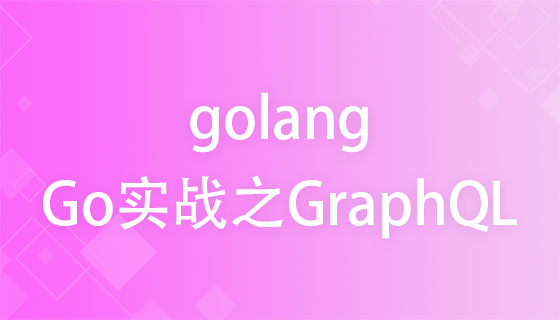
Course Elementary 3716
Course Introduction:This course is designed to help learners master how to use Go language to implement GraphQL services. The course starts with the basic knowledge of GraphQL, and deeply analyzes the characteristics and advantages of its data query language. Then, combined with the characteristics of the Go language, it explains in detail how to build a GraphQL server, process requests, define data patterns, etc. Through rich practical cases, learners will learn how to integrate GraphQL in actual projects to improve the flexibility and efficiency of data interaction. The course is suitable for developers with a certain foundation in Go language and is a must-have for building efficient and modern APIs.
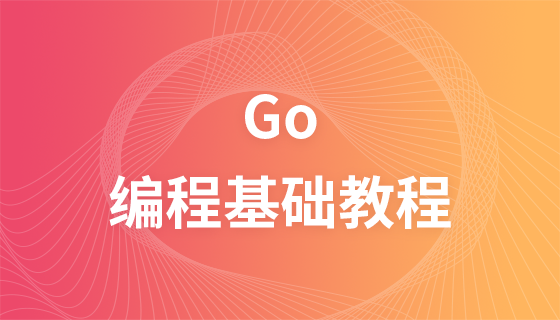
Course Elementary 18520
Course Introduction:Go is a compiled system programming language that supports concurrency and garbage collection. It aims to create a programming language with a good balance between the high performance of static compiled languages ??and the efficient development of dynamic languages. We have collected this set of "Go Programming Basics Video Tutorial", hoping to help everyone learn the go language better
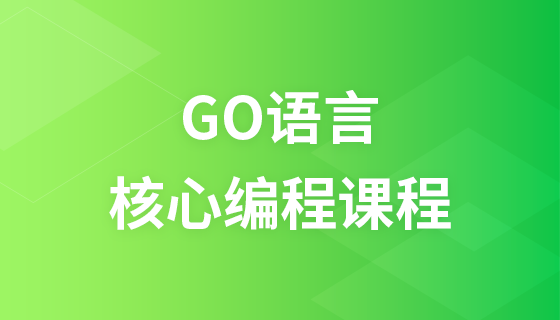
Course Elementary 4773
Course Introduction:This course uses real cases, is comprehensive and practical, and integrates GO core programming technology, programming ideas, and underlying implementation step by step from theory to practice, allowing learners to stay close to the pulse of the times and become trendsetters in the IT and Internet era.
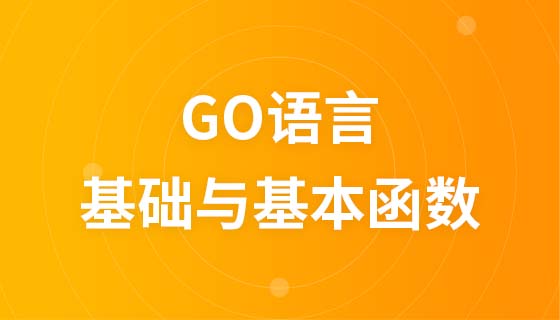
Course Elementary 12091
Course Introduction:This stage of the open class will lead everyone to appreciate the beauty of Go language programming, master the basic grammar of Go language, and lay the foundation for subsequent blockchain development.
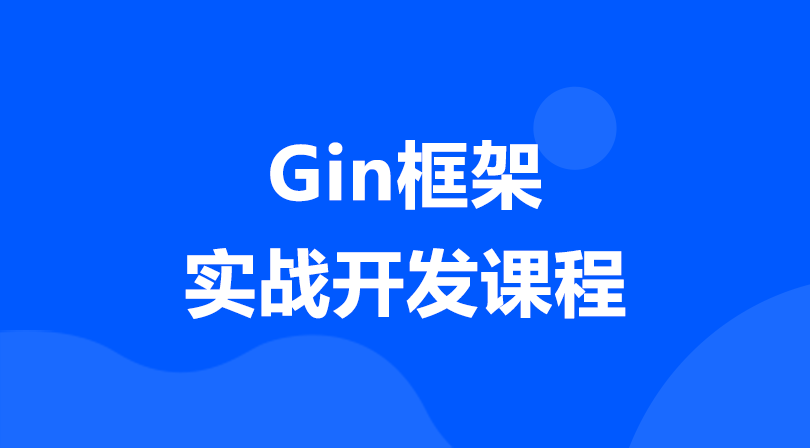
Course Elementary 4983
Course Introduction:Gin is an HTTP web framework written in Go (Golang). It is an API framework similar to martini but with better performance, almost 40 times faster thanks to httprouter. If you need extreme performance, use Gin.
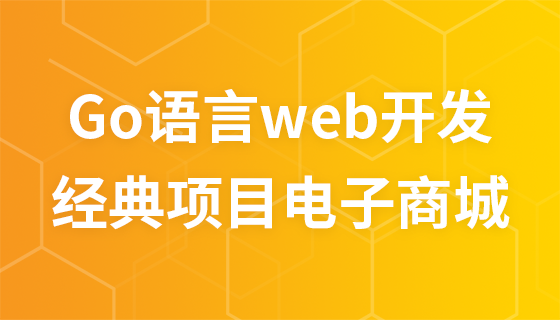
Course Elementary 2342
Course Introduction:[Go Language Web Development] Classic Project: E-Mall is a course for Web development using Go language. This course is designed to help learners master the basic skills and knowledge of using Go language to build e-commerce malls. In this course, learners will gain an in-depth understanding of web development in Go language through actual project practice.
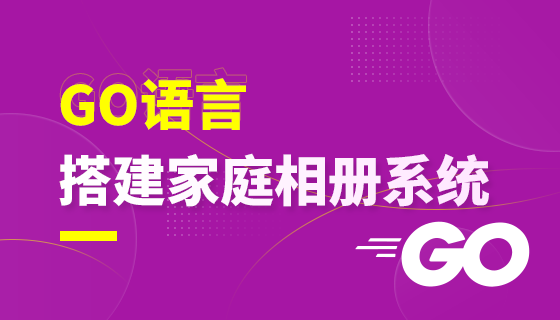
Course Elementary 9843
Course Introduction:This course uses Go language to write a family photo album system based on HTTP server from scratch, supports multiple client access, and connects smart devices at home! It is suitable for students who have a certain understanding of computer programming and want to learn Golang.
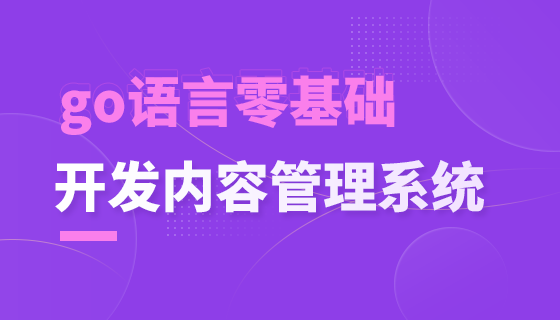
Course Elementary 33388
Course Introduction:This course starts from a practical perspective, draws inferences from one example, and teaches a man to fish, but not a man to fish. It connects knowledge points into a line and radiates into an area. From the installation of the development environment, how to use VSCode, basic knowledge of the Go language, HTTP protocol, data storage, web front-end rendering, to online server deployment, etc., detailed explanations are given. After the study is completed, you can build a complete WEB system.
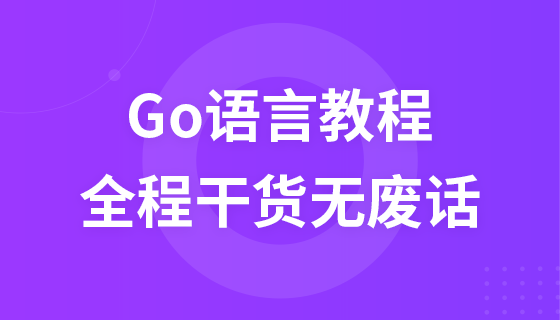
Course Elementary 4584
Course Introduction:Go's syntax is close to C language, but the declaration of variables is different. Go supports garbage collection. Go's parallel computing model is based on Tony Hall's Communicating Sequential Process (CSP). Other languages ??that adopt similar models include Occam and Limbo. Go also has the characteristics of this model, such as channel transmission. Compared with C++, Go does not include functions such as enumeration, exception handling, inheritance, generics, assertions, virtual functions, etc., but it adds features such as slice type, concurrency, pipelines, garbage collection functions, interfaces, etc. level support. Unlike Java, Go natively provides associative arrays (also called hashes or dictionaries), just like string types.
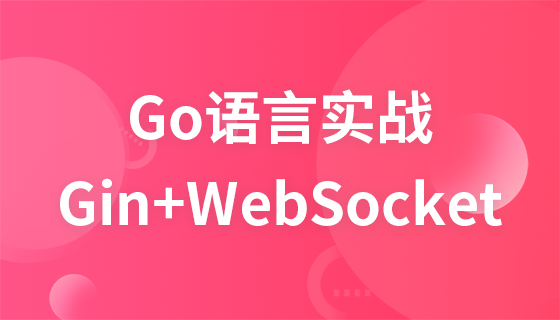
Course Elementary 2495
Course Introduction:This course will lead you to practice Go language and build an instant chat demo through Gin framework and WebSocket technology. In this course, you will learn how to use the latest features and best practices of the Go language, and how to use the Gin framework and WebSocket technology to achieve real-time communication.

Course Intermediate 12924
Course Introduction:"HTML5 Game Practice: If You Are a Man, Go to 100 Levels Video Tutorial" combines actual project experience to share with you the practice of HTML5 in the field of mobile application development. Through 6 to 8 hours of online course tutoring, you can complete unimaginable tasks - take you to play with HTML5 from scratch! Full tutoring to complete your own personalized game production - if you are a man, go to the next level!

Course Elementary 13770
Course Introduction:Scala Tutorial Scala is a multi-paradigm programming language, designed to integrate various features of object-oriented programming and functional programming.

Course Elementary 82278
Course Introduction:"CSS Online Manual" is the official CSS online reference manual. This CSS online development manual contains various CSS properties, definitions, usage methods, example operations, etc. It is an indispensable online query manual for WEB programming learners and developers! CSS: Cascading Style Sheets (English full name: Cascading Style Sheets) is an application used to express HTML (Standard Universal Markup Language).

Course Elementary 13142
Course Introduction:SVG is a markup language for vector graphics in HTML5. It maintains powerful drawing capabilities and at the same time has a very high-end interface to operate graphics by directly operating Dom nodes. This "SVG Tutorial" is intended to allow students to master the SVG language and some of its corresponding APIs, combined with the knowledge of 2D drawing, so that students can render and control complex graphics on the page.

Course Elementary 24589
Course Introduction:In the "AngularJS Chinese Reference Manual", AngularJS extends HTML with new attributes and expressions. AngularJS can build a single page application (SPAs: Single Page Applications). AngularJS is very easy to learn.
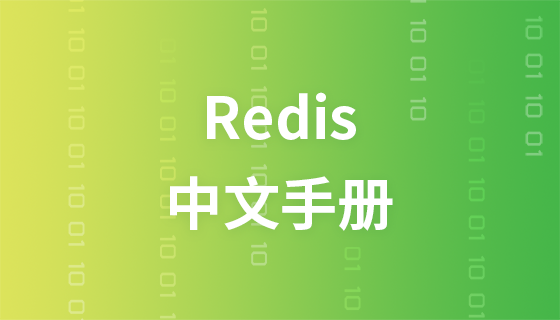
Course Elementary 57892
Course Introduction:"Redis Command Operation Chinese Manual" is the latest official Redis online reference manual. Redis is an in-memory cache database. This manual contains various Redis operation commands with Chinese explanations. You will learn to master the efficient use of Redis in the data server. It is a must-have online query for Redis learning and users. Refer to the documentation tutorial!
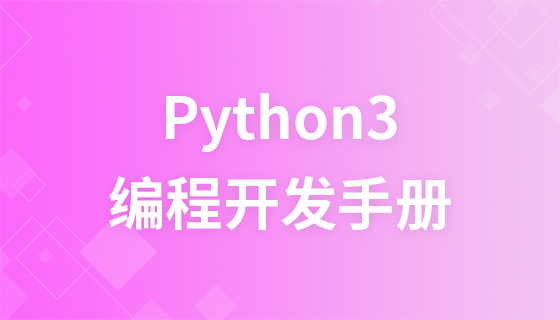
Course Elementary 87578
Course Introduction:"Python 3 Tutorial" The 3.0 version of Python is often called Python 3000, or Py3k for short. This is a major upgrade compared to earlier versions of Python. In order not to bring too much burden, Python 3.0 was not designed with backward compatibility in mind. Python language is very simple and easy to use for beginners and to complete common tasks.